California’s Crystal Cove State Park is an epic 2,791-acre natural landscape in sharp contrast to neighboring urban California. This glorious park is one of the state’s few remaining undeveloped natural spaces. It includes tidepool-speckled sandy beaches, thickly wooded canyons, hikable hillsides, and historic buildings. Let’s discover more about this tucked-away gem.
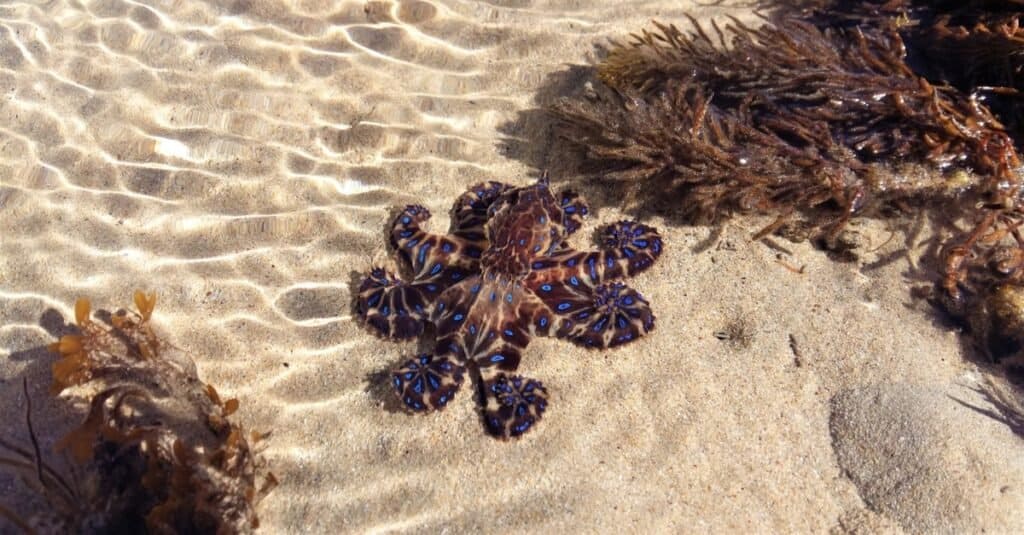
Crystal Cove’s tidepools are packed with interesting creatures at low tide, such as octopus.
©K.Pock Pics/Shutterstock.com
Where Is Crystal Cove State Park?
Crystal Cove State Park is located between Laguna Beach and Corona del Mar on Pacific Coast Highway.
What’s the Historic District?
12.3-acre Crystal Cove’s Historic District is a portion of Crystal Cove containing 26 1930-1940s cottages. They originally formed a seaside colony, but they’re treasured today as one of the very few remaining early 20th-century buildings in Southern California.
The Historic District’s cottages are situated at Los Trancos Creek mouth. 21 are available for overnight stays and Crystal Cove Conservatory use the remaining cottages for community and educational programs.
Ideal Visiting Times
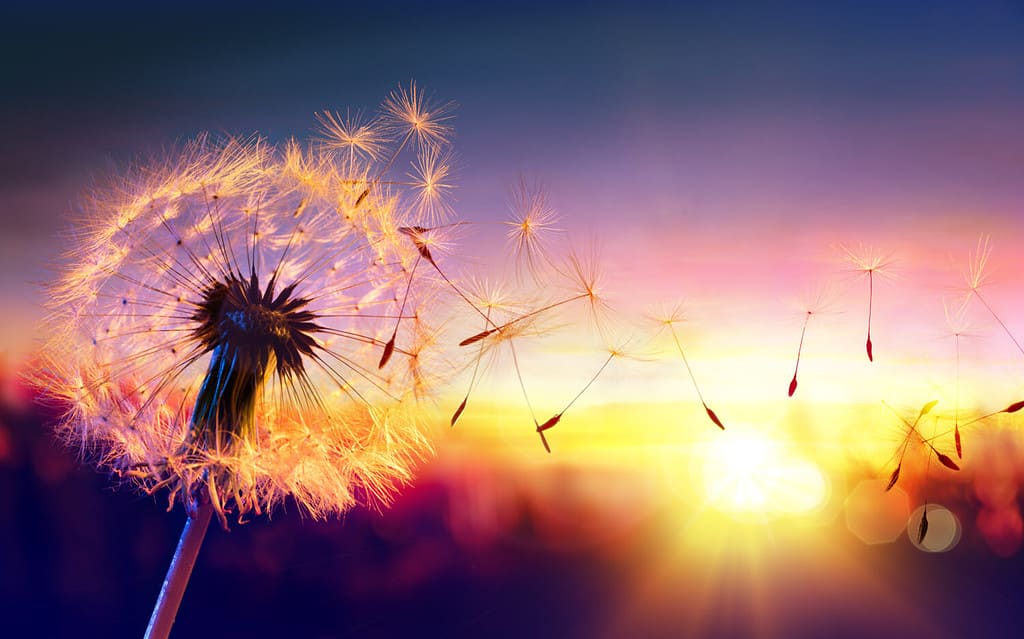
California’s Crystal Cove opens at 6 am and closes at sunset.
©Romolo Tavani/Shutterstock.com
Crystal Cove opens at 6 am every day and closes at sunset. However, the Historic District stays open until 10 pm.
It’s always a good time to visit Crystal Cove because the natural space is such a tonic for modern urban living. The best time depends on what you want to do there.
In summer, the beaches get crowded and the eateries out packed with diners. The busiest times are between 11-3. Visitors looking for solitude should arrive early (it opens at 6 am) or spend the evening there.
Tidepool fans should wait until low tide, otherwise, these fascinating treasures sink underwater. Be aware that the tide pools are marine protected areas, so touching or moving animals is prohibited. Expect to see bat stars, abalone, sea stars, hermit crabs, urchins, and an occasional octopus all year round.
All About the Beaches
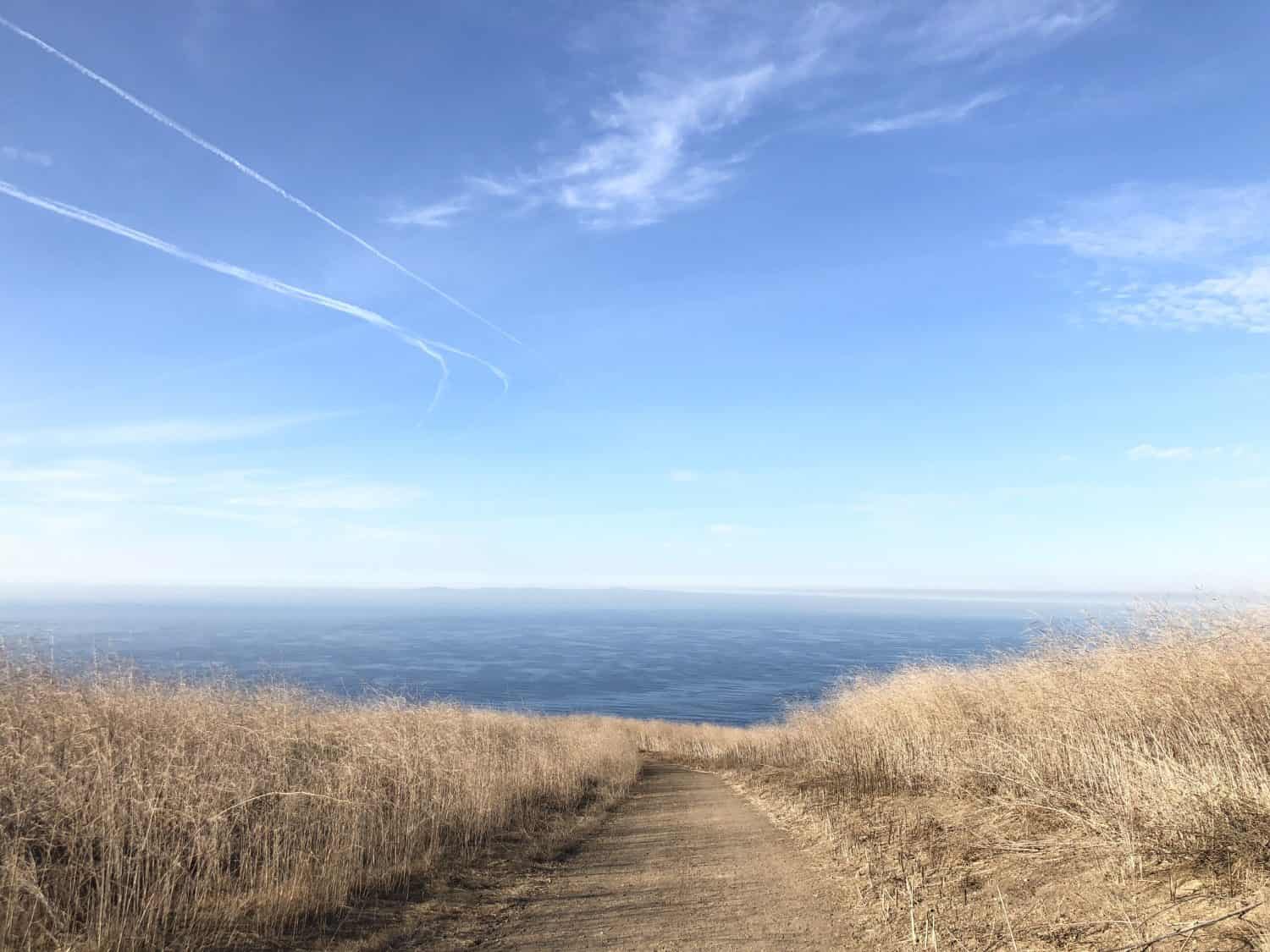
Take a trail down to Moro Beach to bodyboard or kayak in the warm blue waters.
©AJ9/Shutterstock.com
Crowds flock to Crystal Cove’s beaches, which total 3.2 miles of beautiful warm sand and crashing surfer-friendly waves. Lifeguards patrol Crystal Cove year-round and this stretch of Pacific seafront is divided into several named coves.
Abalone Point merges into Moro Beach. Bodyboarders, kayakers, and day visitors love Moro Beach. It’s an easily accessible stretch of golden sand joining Abalone Point to Muddy Creek. To get here, park in Moro Day Use Lot and walk through the tunnel.
Next to Moro Beach is Muddy Cove and Scotchman’s Cove which turns into 3.5 Cove and Rocky Bight.
Then, Crystal Cove Beach with its promenade and café stretches into the distance. In the center of Crystal Cove Beach, you’ll find the Historic District.
On the Historic District’s far side is more of beautiful Crystal Cove beach, but this eventually merges into Pelican Point. Park up in the bluff-top lots and use one of the four trails down to Treasure Cove.
Finally, at the far side of Crystal Cove National Park’s seafront is Little Treasure Cove, a productive place to hunt sea glass.
The whole area is open to public use, but state park officials suggest some areas are better for certain beach-side activities. Here’s what you should do and where:
Best Tidepools
Treasure Cove, Reef Point, Rocky Bight, Pelican Point, and the far end of Little Treasure Cove.
Best Swimming
Muddy Creek, Moro Beach, Historic District, 3.5 Cove, and Treasure Cove.
Best Body Surfing
Abalone Point, Muddy Creek, Historic District, and 3.5 Cove.
Best Diving Areas
Reef Point, Rocky Bight, and Pelican Point.
Best Surfing Spots
Abalone Point, Scotchman’s Cove, and Pelican Point.
Diving at Crystal Cove Underwater Park

A fish-packed kelp forest lies off Crystal Cove’s sandy beaches.
©iStock.com/Shur_ca
1,000-acre Crystal Cove Underwater Park is a dive site par excellence, with a large kelp forest.
Hidden in its kelp strands myriad fish species shelter, such as sand bass, sculpin, garibaldi, sheephead, and senoritas. Sea otters, seals, and water birds hunt the fish and crustaceans that shelter there.
During the 1980s this kelp forest was in a bad way, but volunteers campaigned to improve its water quality, which was decimated by urban runoff, and divers planted new kelp. To allow the kelp a shot at growth, volunteer divers relocated over 18,000 kelp-hungry sea urchins.
Crystal Cove’s dive depth is 52 feet and the clarity is five to 25 feet. Windy days encourage strong waves that crash into the sand and blur clarity. Calm days are best for diving here.
Hiking in Crystal Cove
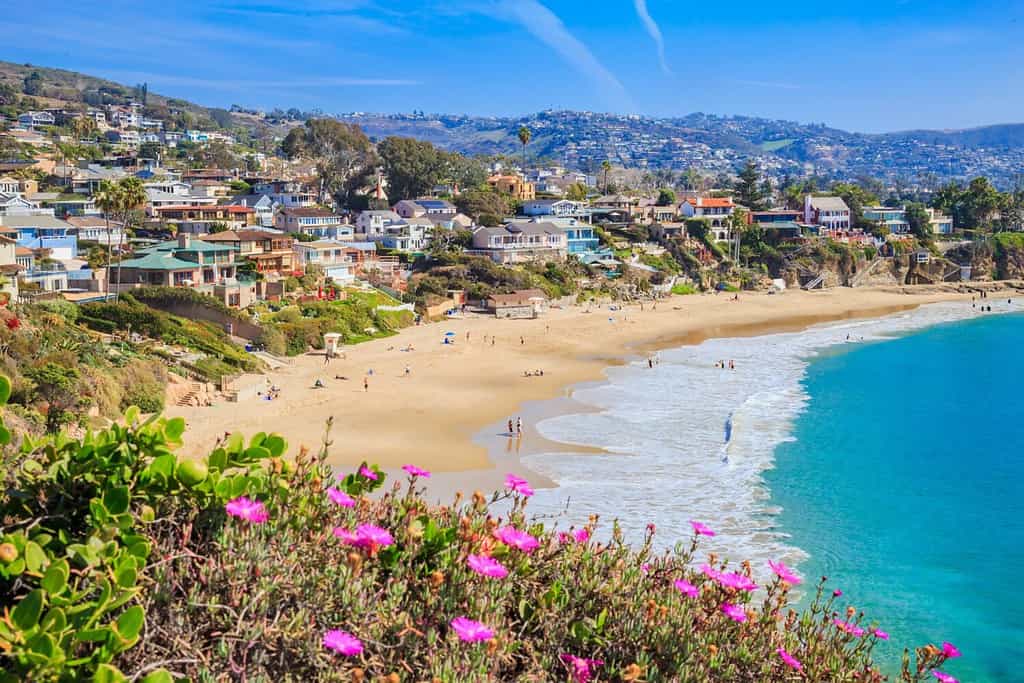
One of the best hiking trails through the park starts at Laguna Beach and stretches over nine miles.
©Juancat/Shutterstock.com
Crystal Cove is not just about the beach, despite its glorious multi-purpose waters. Many visitors enjoy hiking its 18 miles of trails which are set in its wooded and sage-studded 2,400 wild acres.
One of the most favored hikes is a 9.4-mile loop that starts close to Laguna Beach and winds its way through canyons, cliffs, woods, and coastal scrub. The trail is fairly challenging, but most average-fitness hikers finish in around four hours. After heavy rainfall, the park closes many of its trails for safety reasons, so it’s best to check before heading out.
Other Activities
Crystal Cove State Park offers lots of outdoor activities. Here are some of the most popular:
Picnics
Picnic tables dot this epic park, with some of the best views found at the Historic District’s beach and Moro Beach, next to the lifeguard building.
Sea Glass Hunt

Crystal Cove is ripe for sea glass hunting, especially at low tide.
©Brewster’s Fine Bees/Shutterstock.com
Due to historic dumping, Crystal Cove has a lot of beautiful sea glass on its sandy beaches. Sea glass is glass, usually bottles, broken and polished by wave action. The best time to find sea glass is winter, at low tide, on rocky beach sections.
Camping
Spend the night star-gazing and wake up on the beach? It doesn’t get better.
Take a trailer and spend the night! Campsites 30-39 have enough room for 38-feet vehicles and the others accommodate 25-feet vehicles, however, there’s no water or electrical hook-ups, so go prepared.
If you prefer more solitude, take a tent and head to the hillsides and trails. Many camping sites dot the waysides. Be sure to obtain a permit at the ranger kiosk and take plenty of water.
Mountain Biking
Numerous cross-country bike trails spread across Crystal Cove State Park like a spider’s web. From sedate trails on an e-bike to full-pelt vertical courses, there is a trail to suit most bikers here.
Wildlife in Crystal Cove

Anna’s hummingbirds flit around Crystal Cove State Park’s wilderness.
©yhelfman/Shutterstock.com
Crystal Cove State Park is one of the few untouched areas of California, so it’s no surprise that many different epic animals choose to make it their home.
One of the prettiest are the hummingbirds, including Anna’s and Allen’s hummingbirds who feast on the array of brightly-colored, deep nectar-filled flowers there. Perhaps the most fearsome are mountain lions. These epic cats aren’t spotted very often, but their tracks and scat are recorded by rangers. Mountain lions eat small mammals such as cottontail rabbits.
Over 180 bird species take advantage of the wilderness, such as quail, turkey vultures, and ravens. Turkey vultures’ unmistakable flying “V” wingspan is a common sight here.
Replies include coast-horned lizards, Pacific gopher snakes, and rattlesnakes. Rangers recommend staying on trails to avoid snake bites, which are very rare but require medical attention.
Other animals in Crystal Cove State Park:
- Arboreal salamander
- Pacific tree frog
- California king snake
- Western fence lizard
- Coyotes
- Deer
- Bobcats
- California ground squirrel
- Deer mouse
- Dusky-footed woodrat
If you’re planning to take a dog, be aware that they’re only allowed on paved areas, not the beaches or backcountry. Service dogs are an exception.
What About Sharks?
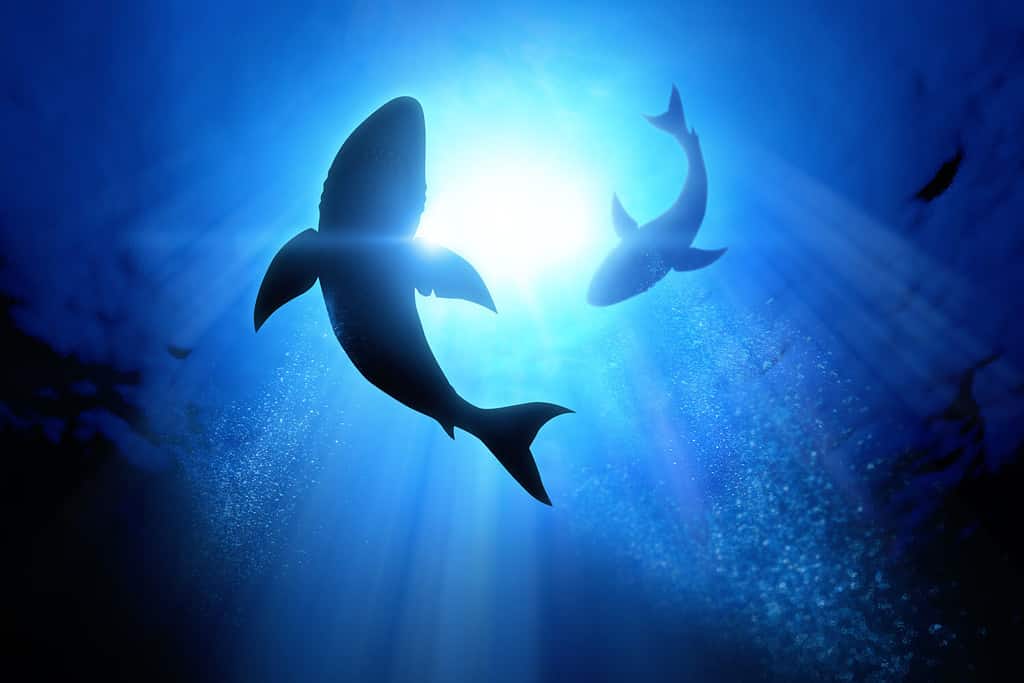
Shark sightings are exceptionally rare here, but don’t swim at dawn or dusk.
©solarseven/Shutterstock.com
Southern California’s records indicate the last great white shark attack in Orange County occurred in 1985. It’s exceedingly rare to spot large sharks at Crystal Cove, but to keep safe, don’t enter the water at low light, if it’s murky, or fishermen are baiting. It’s always best to swim in pairs or more.
What Does It Cost To Visit Crystal Cove?
Crystal Cove is an affordable place to visit. Parking costs $15 per vehicle for the day and $20 on weekends/during holidays. Hourly parking at Los Trancos lot is $5 per hour.
Once on the beach and hiking trails, it’s really up to you what you spend. Take a picnic and save, or splash out on drinks, food, and gifts on the promenade.
The photo featured at the top of this post is © Photograph by D Ramey Logan / CC BY-SA 3.0, via Wikimedia Commons – License / Original
Thank you for reading! Have some feedback for us? Contact the AZ Animals editorial team.






